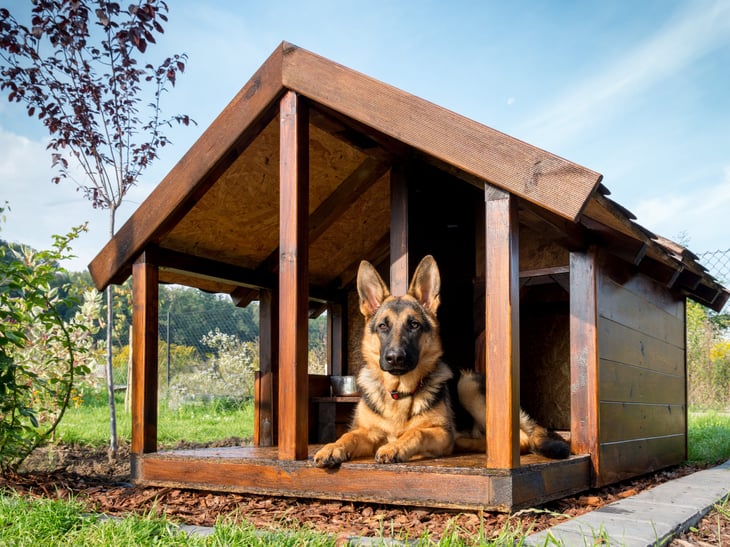
Editor's Note: This story originally appeared on Point2.
Whether your dog sheds a lot or you need to keep him out of the house for a few days while someone with allergies visits, a dog house is a great place for your pooch to call their own. While you could buy one at the store, building your own allows you to pamper your four-legged friend and create their ideal space.
With that in mind, let’s find out the steps to making a DIY dog house.
Step 1: Climate
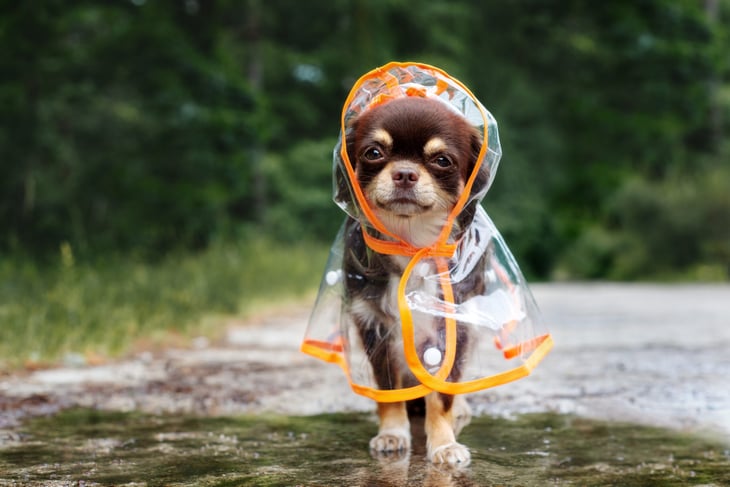
Before creating a blueprint, you need to consider your location and climate. If you’re living in an area that sees a lot of rain or cold, snowy winters, you need to factor this into your design. This will affect the types of materials and finishes you use to create a watertight and warm abode. For colder, windier areas, it might be good to install insulation to keep your pooch warm during the night. On the other hand, if you live in a hot climate, you’ll need to use an entirely different set of materials to create a dog house that’s airy and cool.
Step 2: Location
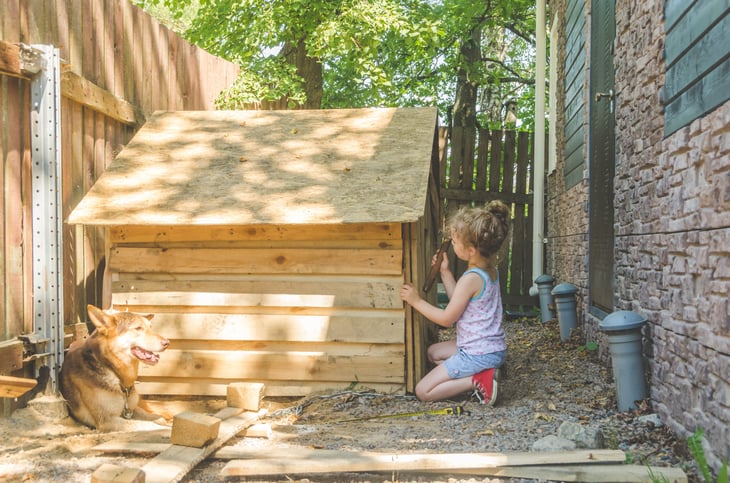
Where you put the finished dog house may seem easy enough, but there are a few things to consider. Avoid areas that get strong, direct sunlight throughout the day, as even in cooler climates, this will soon make the house unbearably hot. A little direct sun in the morning or evening is alright, but it should ideally be shady throughout the day.
Also, avoid damp, poorly-draining areas that are prone to gathering standing water after heavy rain. Wind exposure is another concern, and you’ll want to face your dog house away from the harshest winds your area tends to get. Finally, think of ease of access for older or disabled dogs, and try to avoid putting the house of a sociable dog too far away from the action.
Step 3: Size
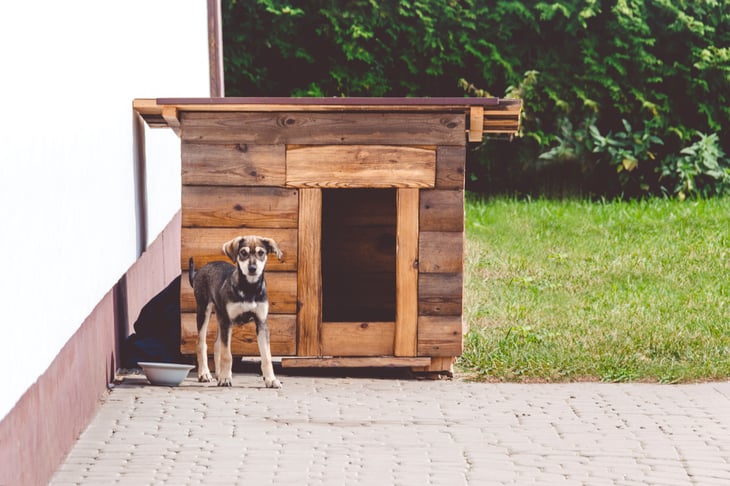
Next, think about how big your dog is, and if it’s a pup, how big it’s going to get. For a full-grown dog, the best advice is to measure its height and length. Then, plan your dog house to be at least twice as big. This allows plenty of room to maneuver and get comfortable. For puppies, find out the average size a mature adult grows to and plan around this.
Step 4: Plan and Build
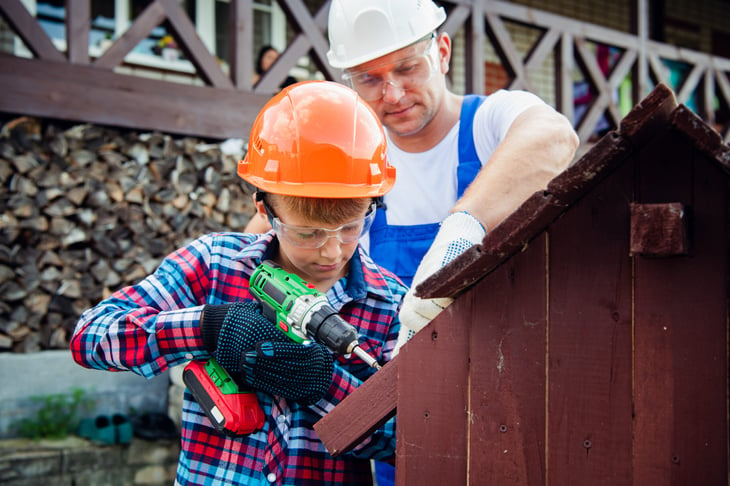
Having considered the essentials, you should now be ready to start drawing up a plan. You can find tons of fantastic designs online but if you want to create a truly custom dog house, let your creative juices flow. Here are a few pointers.
Build a Solid Base
Like in your own home, the base of a dog house is the foundation upon which the rest of the shelter depends. Therefore, the base should be sturdy and strong enough to support your dog’s weight, and it should remain dry. It’s also worth insulating it to ensure comfort whether it’s hot or cold outside.
A basic frame with a strong top will work well, with the air gap creating an insulating layer. You can also fill that gap with insulating foam for even higher comfort. Alternatively, try upcycling a pallet for the base. Wood is the most common material, but you might also consider a concrete foundation.
Choose the Right Materials
Be sure to choose the right materials for the base, walls and roof. For example, opt for thicker, insulated walls in colder climates, while in warmer climes, thinner materials should suffice. Solid wood is generally better than man-made panels in terms of insulation, but plywood can also do a good job.
Ensure that all of the wood you use has been treated against the weather with a nontoxic finish. With screws and nails, be sure that they’re the correct length and won’t stick out on the inside and create a hazard.
Pay Attention to the Roof
As in any home, the type of roof you use for your dog house is important. A sloped roof is generally favorable as it gives your dog more space to stand up inside and ensures rain and snow will slide off rather than pile up.
Create a water-resistant layer using asphalt-impregnated roofing paper on top of the roof, possibly covered with shingles if you want a cozy, rustic look.
Turn a Dog House into a Dog Home
Finally, incorporate a few personal touches into your design that relate to your dog’s character. For example, add in their favorite blanket or bed, a toy holder and a hook for hanging up the leash. More elaborate designs might include windows or a decked porch area.




Add a Comment
Our Policy: We welcome relevant and respectful comments in order to foster healthy and informative discussions. All other comments may be removed. Comments with links are automatically held for moderation.